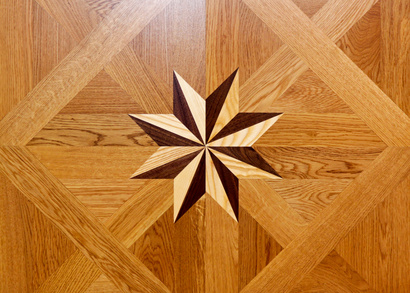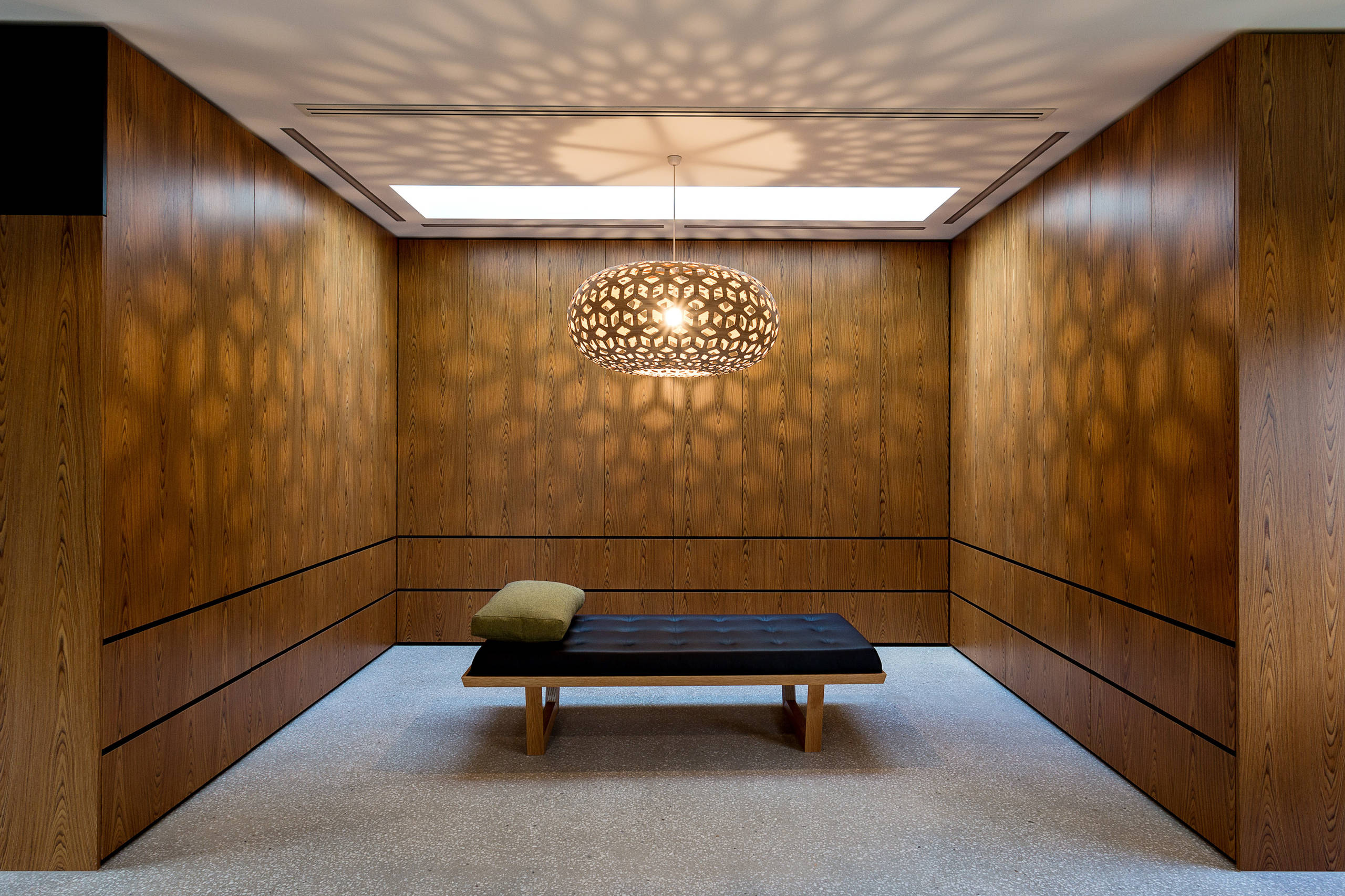Veneer is a thin slice of natural wood, typically ranging from 0.5mm to 6mm in thickness, that is bonded to a substrate like plywood, MDF, or particle board. It retains the natural grain, texture, and beauty of solid wood, making it an excellent choice for furniture, cabinetry, wall paneling, and interior décor. Veneers provide the luxury of real wood at a more affordable cost, while also offering enhanced stability and durability.

Types of Veneer
- Natural Veneer – Sliced from real wood logs, showcasing authentic grain patterns.
- Reconstituted Veneer – Engineered to create consistent grain patterns and colors.
- Burl Veneer – Taken from unique tree growths, featuring distinctive swirling patterns.
- Laminated Veneer – A processed veneer with added coatings for extra durability.
- Dyed Veneer – Colored veneers used for decorative and customized finishes.

Advantages of Veneer
- Natural wood aesthetics – Provides the look and feel of solid wood.
- Eco-friendly – Uses less wood than solid timber, making it a sustainable option.
- Stable and durable – Less prone to warping or cracking compared to solid wood.
- Customizable finishes – Can be stained, polished, or lacquered to achieve different looks.
Common Uses of Veneer
- Luxury furniture and cabinetry
- Wall paneling and interior décor
- Doors and partitions
- Architectural elements and office spaces


